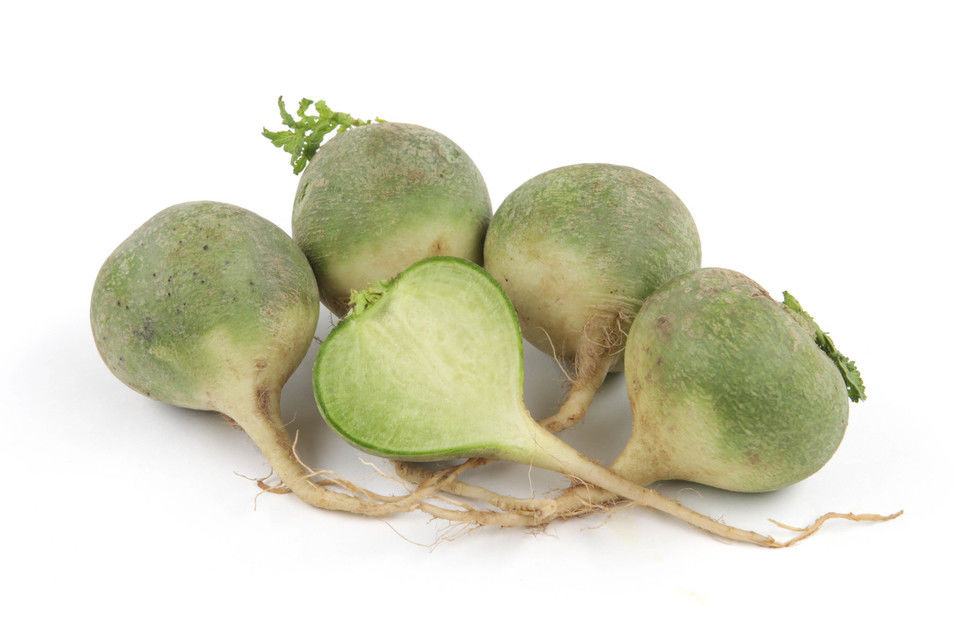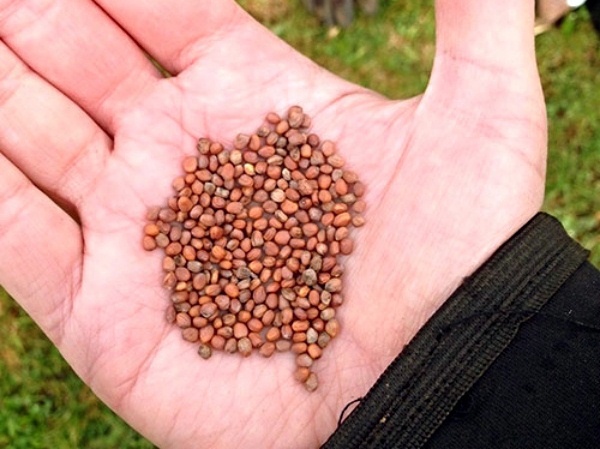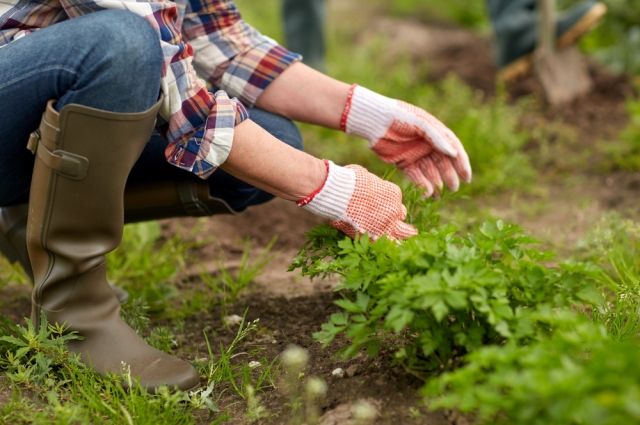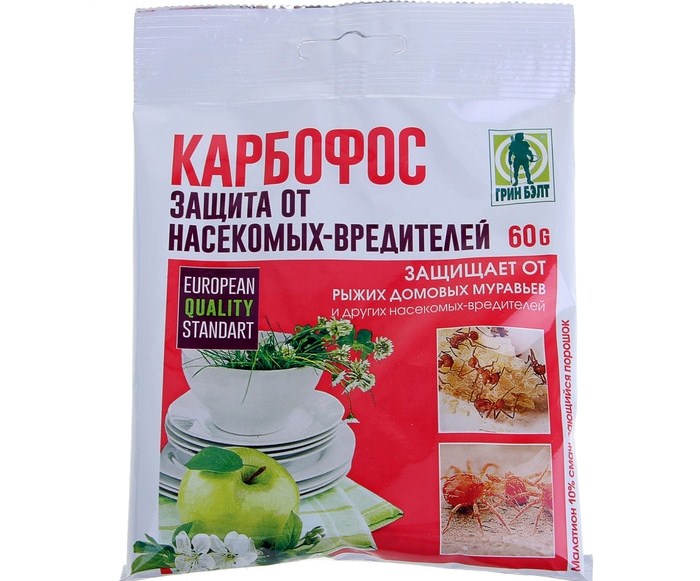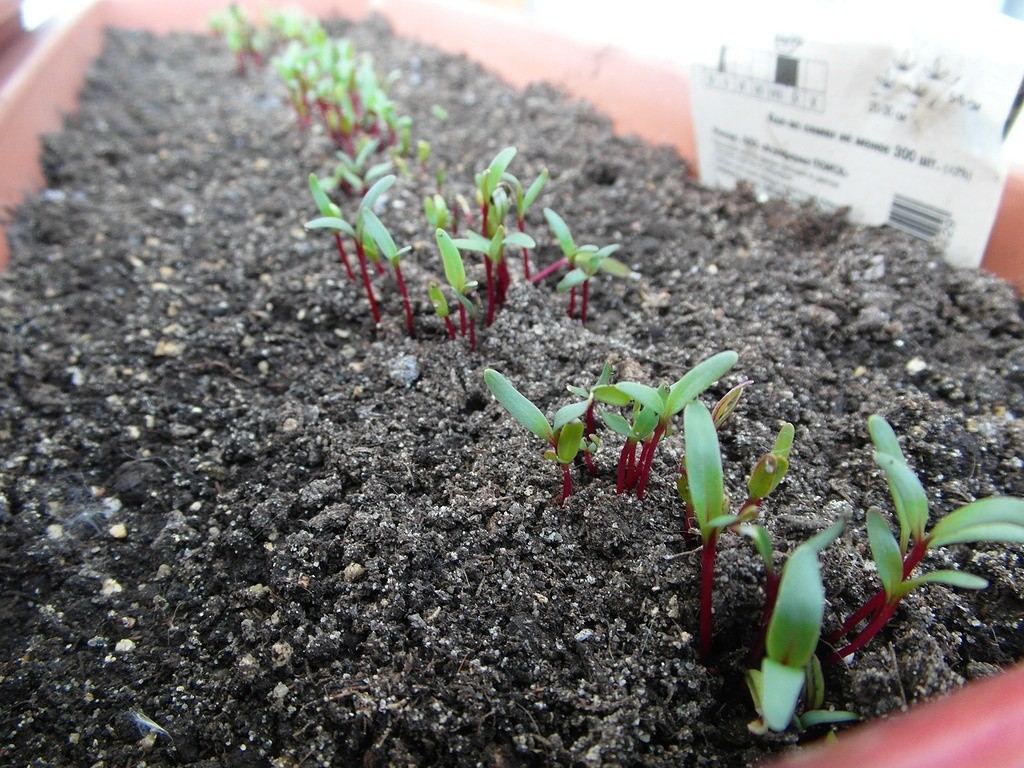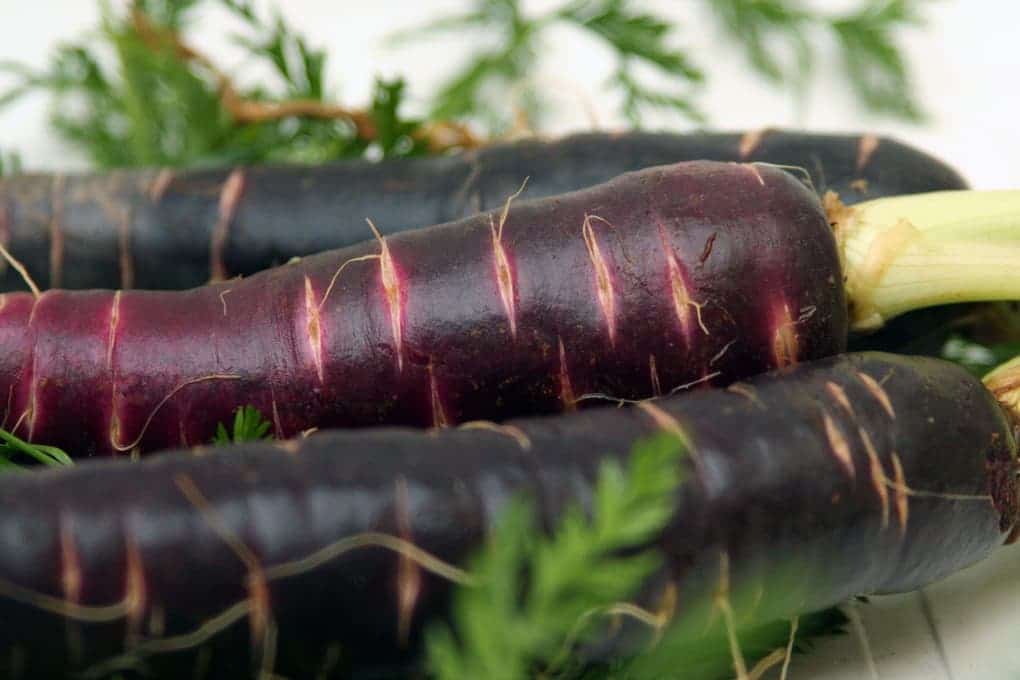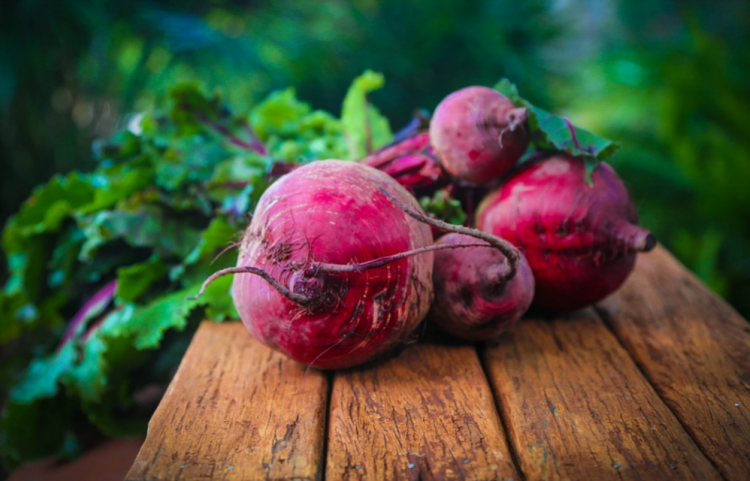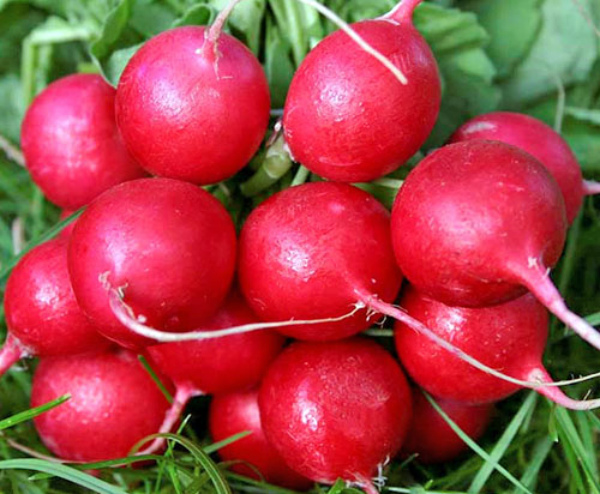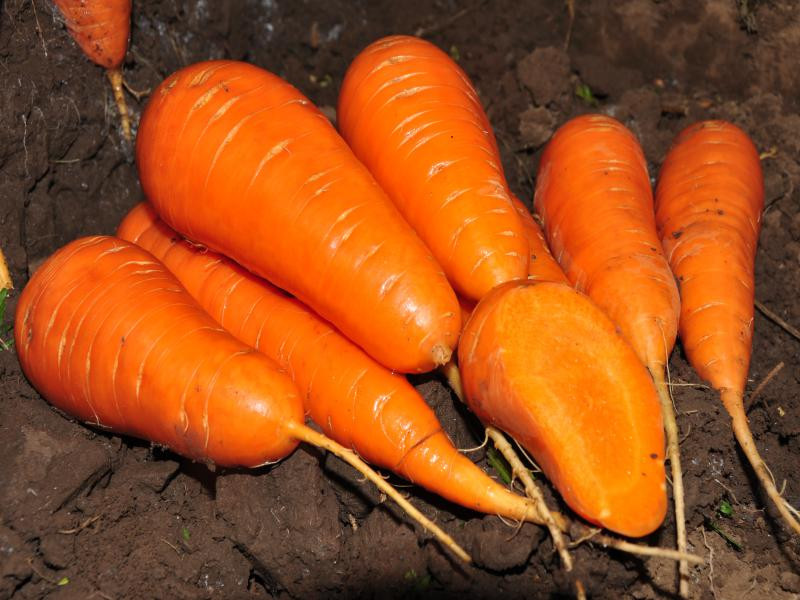Content:
Chinese radish (green) came to Russia from the East. Chinese traders carried it through the Uzbek city of Margilan. In this regard, the most popular variety of green radish is called Margelansky. Also in Russia, the varieties Yuzhanka and Green Goddess are known.
This variety differs from black and white in a softer taste. Useful properties of green radish:
- Accelerates metabolism;
- Cleans the body;
- It contains important minerals, in particular, iodine, phosphorus, magnesium, iron and others;
- Vitamins are presented in a complex manner, therefore, they have a full therapeutic effect;
- Improves the work of many organs.
Characteristics and features of the variety
Green radish, like other vegetable crops, is divided into early, mid-season and late ripening according to the ripening period. Early varieties ripen in just 1.5 months. Outdoor planting can be done in April and August. You need to focus on the weather conditions, so early root crops are most suitable for the southern regions.
Mid-season varieties ripen in 2 months, planting can begin in late April - early May. These varieties are most suitable for a temperate climate, therefore they are recommended for the Moscow region, the North-West region.
Late varieties ripen for at least 3 months, and planting work begins in July. Late radish is recommended for Siberia and the Urals.
Green radish has a cylindrical shape, the body of the root crop is short (up to 15 cm) and wide (about 10 cm in diameter). Spreading tops. The average weight of 1 fruit is 500 g, some specimens grow up to 1 kg. The skin color is green with a transition from darker to light. Some varieties of green radish have a pink core, which is why they are called watermelon radish. Fruit pulp is moderately dense and juicy, without pronounced pungency of taste. Average yield is 6 kg / m2. Root crops have good keeping quality and tolerate transportation well.
Agricultural technology of cultivation
Seed preparation
She plays a major role. The seeds do not lose their qualities for 4 years, therefore, after the expiration date, it is better to dispose of the expired material. After that, the largest even seeds are selected. To increase germination, seeds are soaked in water with the addition of growth stimulants. For example, take 2 drops of Epin per 100 ml of water and leave the seeds in it for 4 hours. For prophylactic purposes, seed dressing can be done in a 1% solution of potassium permanganate.
Seat
It must be chosen in a well-lit area, guided by the rules of crop rotation. A radish is a root vegetable, which means that any root precursors are not acceptable. It is beneficial to plant radish after tomatoes, onions, cucumbers and legumes. Radish is not picky about acidity of the soil and grows equally well on neutral and alkaline soils.
Sowing seeds
You can start when the temperature settles at + 18˚C. There is no need to be afraid of frost, the seeds can calmly withstand a drop in temperature to + 4˚C. Furrows are marked on the bed at a distance of 30 cm from each other. Then the bed is watered abundantly and waiting for the water to be completely absorbed into the ground. Seeds are planted in 2-3 pieces in one hole (seeding depth - 2 cm), the gap between the holes is 10-15 cm. This is done in order to play it safe in case of poor germination of the material. The seeds are sprinkled with earth and mulched with peat. Mulching allows you to maintain an optimal level of humidity, prevent the appearance of weeds and pests. To make the radish rise faster, the bed is covered with a film or covering material. As soon as the seeds hatch, the cover can be removed.
Care
- Thinning of seedlings is done when 2-3 true leaves appear. In each hole there should be 1 most powerful sprout;
- Watering must be regular and abundant, otherwise the crop will be bitter. You should always be guided by the actual rainfall. On average, it is enough to water the garden once a week. In arid regions - 2 times a week. It is very important to observe the uniformity of watering, it is impossible to change the volume of water, the fruits crack from this. The optimal volume of water is 10 l / m2;
- Loosening and hilling. Softening the earthen coma is necessary so that air can freely flow to the roots. When the top of the radish grows 1-2 cm above the ground, it needs to be piled up. Otherwise, this part of the root crop will become rough;
- Removal of weeds and tops. Excess foliage and weeds interfere with the normal development of fruits and are a hotbed of diseases and pests. It is imperative to pick off dry leaves, and if the tops create a very thick shadow, then you have to remove the healthy lower leaves. Weeds are removed regularly, combining the procedure with loosening;
- Top dressing. The first time the garden bed is fertilized in the fall, so that the soil is saturated before spring sowing. Manure or compost is used as fertilizer, the application rate is 6 kg / m2. In the spring-summer period, 2 dressings are usually carried out. Organic matter cannot be introduced, since the plant sprouts flower stalks. When the plant has the first 3-5 true leaves, you need to apply nitrogen fertilizers. They help the tops to develop actively. After about 4 weeks, the radish begins a phase of active growth. At this time, you need to do a second feeding - dilute 20 g of urea, 60 g of superphosphate, 15 g of potassium into 10 liters of water. This volume is enough for 1 standard bed. As a fertilizer, you can use an infusion of cut grass;
- Pest and disease control. Fungal diseases cause great harm to green radish: gray rot, powdery mildew and black leg. As part of the prevention against these diseases, it is necessary to do weeding and cutting off dry leaves in time, in the fall you need to completely clear the garden of root crops. Violation of crop rotation also causes the development of the fungus. If the plant is already infected, then it is necessary to carry out treatment with chemicals: Bordeaux liquid, copper sulfate and other compounds with copper. In rare cases, the mosaic contaminates the radish, but there is no cure for the disease. In this situation, you need to quickly remove the diseased plant from the garden and dispose of it. Among insects, slugs, cabbage flies and black fleas are especially dangerous for radishes. To prevent the appearance or get rid of slugs, you need to do the hilling of the tops in time. Against other insects, an effective method is dusting the beds with ash and tobacco ash. The first time you can sprinkle the beds before sowing, after the emergence of shoots, the procedure is repeated. If preventive measures have not saved the radish from insects, then insecticide treatment should be carried out, for example, Aktara, Imidalit, Karbofos. Cost rates are prescribed in the instructions;
- Harvesting and storage. The harvest time depends on the type of green radish.Therefore, the number of days of maturation should be noted from the day of sowing. Cleaning is carried out in dry weather, in the morning or evening hours, when the sun is not very active. If the soil is light and the fruits are not large, then they are pulled out, holding on to the tops at the base. On heavy soils, it is better to dig up the radish with a shovel. Green radish can be stored until spring. You only need to store healthy, strong fruits without chips and cuts. The tops should be cut off, leaving the tip 2-3 cm. The radish is stored in containers with sand at a temperature of + 1 ... + 2˚C and an air humidity of 90%. Before storing, the radish must not be washed, otherwise it will rot. It is enough to dry the roots in a well-ventilated area and clean them with your hands from large lumps of earth.
Advantages and disadvantages of the variety
| pros | Minuses |
|---|---|
| Softer taste and less spice | With a lack of watering, it becomes tough and bitter, with uneven watering it cracks |
| Balanced vitamin and mineral complex | Affected by fungal infections and insects |
| Not demanding in care | At high temperatures and organic fertilization, it produces flower stalks |
| Well stored and transported | |
| You can grow 2 crops per season (relevant for the southern regions) | |
| Easily tolerates frost |
Many have heard about the usefulness of green radish. Therefore, summer residents grow this vegetable on their plots. Even beginners can get a good harvest. The most important thing is to pick up high-quality seed material and adjust watering.
